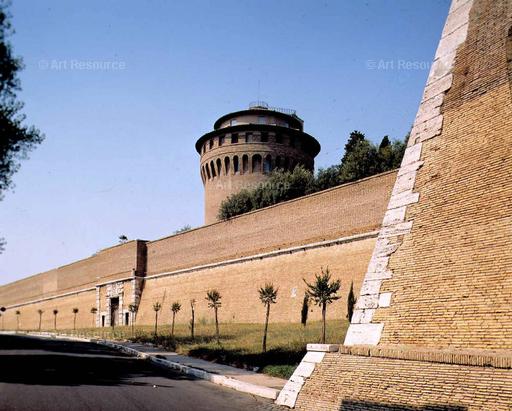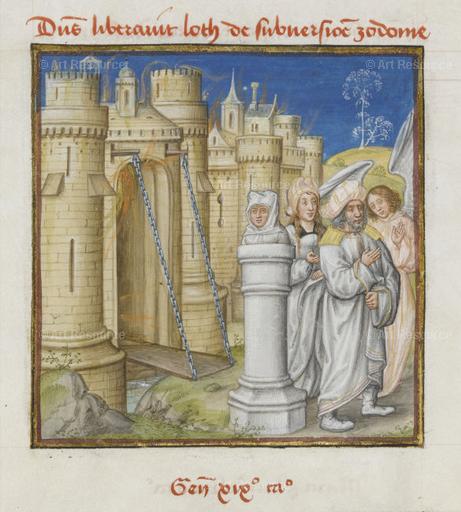Overlooked in the flurry of objections to this year’s Vatican crèche is what the installation indicates about the personal—not to say profane—ambition of our current pope. Jorge Bergoglio is in a posthumous contest with Karol Wojtyla for a papal legacy.
On October 16, 2002, John Paul II left his mark on the rosary, adding five more decades—the Luminous Mysteries—to a beloved devotion untouched for eight hundred years. Now comes Francis I to stamp his identity on the eight hundred year old crèche, rebranding it as a marketing tool for his trademark promotion of limitless migration and open borders.

John Paul declared 2002-3 the Year of the Rosary; Francis delivered 2015-16 to us as the Year of Mercy. John Paul’s intrusion on a devotion that required no fix raises its own dilemmas. But save that for another day. For now, it is interesting mainly as backdrop to Francis’ modus operandi. Both men’s tinkerings with an ancient popular devotion (the crèche, after all, is a devotional ensemble) carried a political burden. Politics was understated, generalized, even formulaic, in John Paul’s 2002 Rosarium Verginis Mariae (which presented the rosary as a peacemaking tool). It was targeted and openly aggressive in the 2016 and 2017 Nativity display in St. Peter’s Square.
John Paul was a significant actor in what had seemed unthinkable at the time: the fall of the Berlin Wall and the communist bloc that collapsed with it. The moment then-Cardinal Wotjyla kissed the ground on his return to Poland in 1979, he set in motion a series of events that stunned the world a decade later.
Borrowed Signs
Correspondingly, and in high semiotic fashion, Francis has identified himself with the symbolism of the Wall. Fatefully, he looks back at it and sees his own image: the Pope of Peace, healer of nations. Francis positions himself as an opponent of any barrier, material or bureaucratic, against unbridled migration. It is a posture that works to negate the prudence of licit, procedural immigration. The wall Francis has designated for a fall—under the weight of migrating numbers—is Western affluence and its cultural underpinnings.

East Berlin was a jailhouse; the Wall imprisoned half of a divided city. But consistent with his own aims, Francis bypasses the character and purpose of the Wall. He ignores distinction between a symbol of tyrannical captivity and a self-governing nation’s right to defend itself against rupture and disintegration. Instead, he champions continuous, indiscriminate waves of peoples into Western democracies from failed states. He advances a project by which the sinful West imprisons itself by means of a redemptive infusion of cultural dysfunctions, resentments, and ethnic rivalries from non-Western—or anti-Western—masses. Only as a colony of the rest of the world can the West atone for its prosperity.

A Posthumous Competition
Competing with the ghost of John Paul, Francis would take down a far larger wall—the political and social congeries of safeguards, practices, mores, and traditions that permit the West to remain itself. He lends the moral authority of the Church to a Raspailian deluge of peoples, however hostile, incompatible with Western civic culture, or determinedly unassimilable they might be. Unchecked, this torrent will devour the very Judeo-Christian civilization from which the papacy arose and on which it rests.
The West must allow itself to be conquered by the Muslim world it subdued a century ago. In like manner, America must submit to a great leveling between itself and unstable political cultures, narco-states, and kleptocracies south of the border. Such is the endgame of Bergolian mercy, played out in geopolitical terms.

Francis sympathizes with globalist forces that do not wish well to the West. His dubious affinities betray the Gospels under pretense of serving them. This quisling posture, minus Francis’ Marxoid reflexes, is as old as the story of Nehemiah.
Nehemiah Builds A Wall
Half a millennium before Jesus traveled to the Temple Mount to pray in Herod’s temple, Nehemiah sought to rebuild the crumbled walls of Jerusalem. Broken walls signaled a defeated people. Yet even among his own, Nehemiah’s commission met objection. Some saw no peril in living unprotected; there were advantages in being open to the world.

Enemies of the Jews opposed restoration of Jerusalem’s wall as much for what it signified as for its defensive capacity. A standing symbol of Jews as a people, a wall around Jerusalem embodied a call to a particular community to take control of their land, their lives, their religious culture. Absent a wall, there was no identifiable city, no distinct people, no sanctuary for a community and its traditions.
Nehemiah, confident in the dignity of his quest, cried, “Rise up and build.” By contrast, Francis, enamored of the mystique of Third World innocence, welcomes the rubble of a fractured West.




